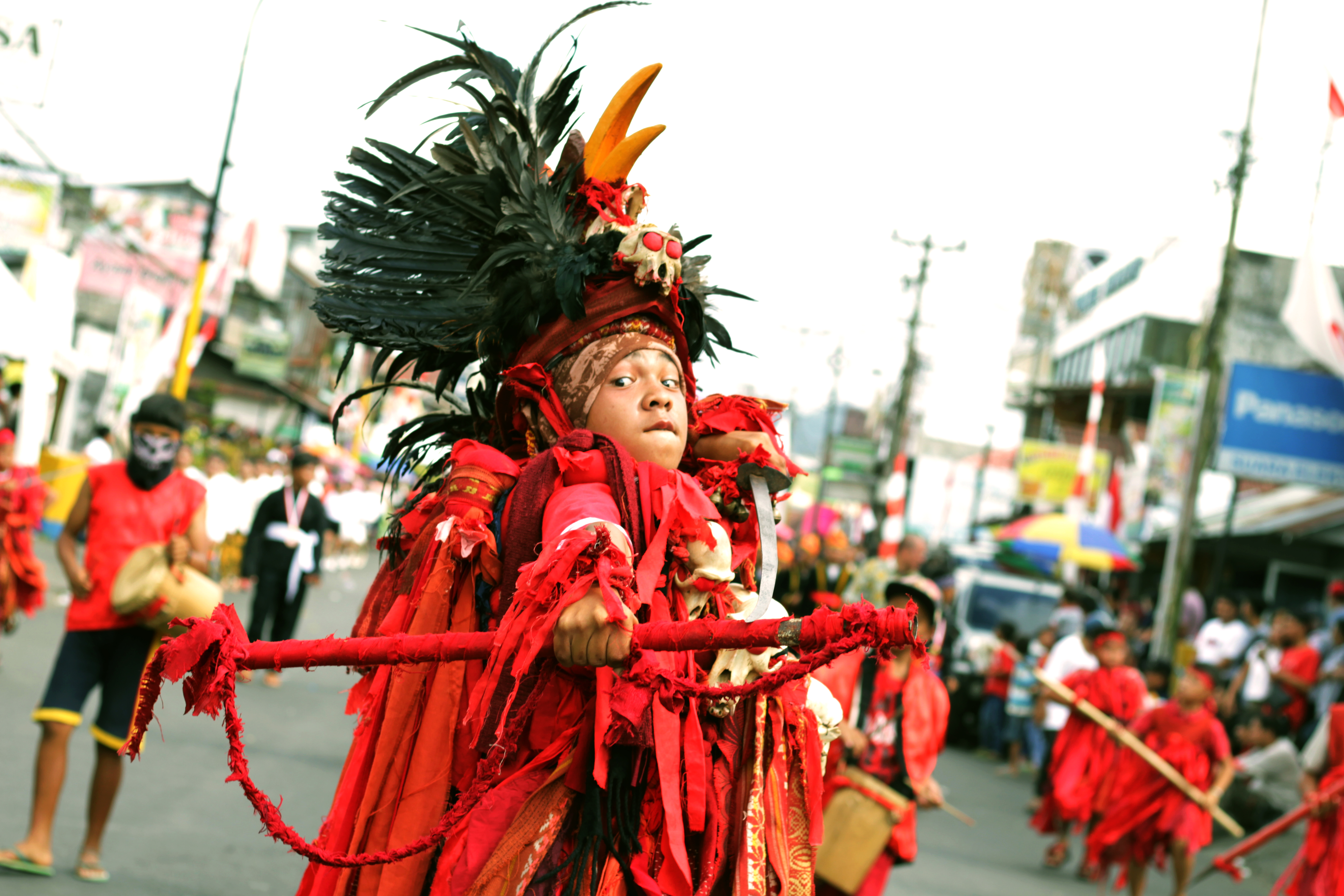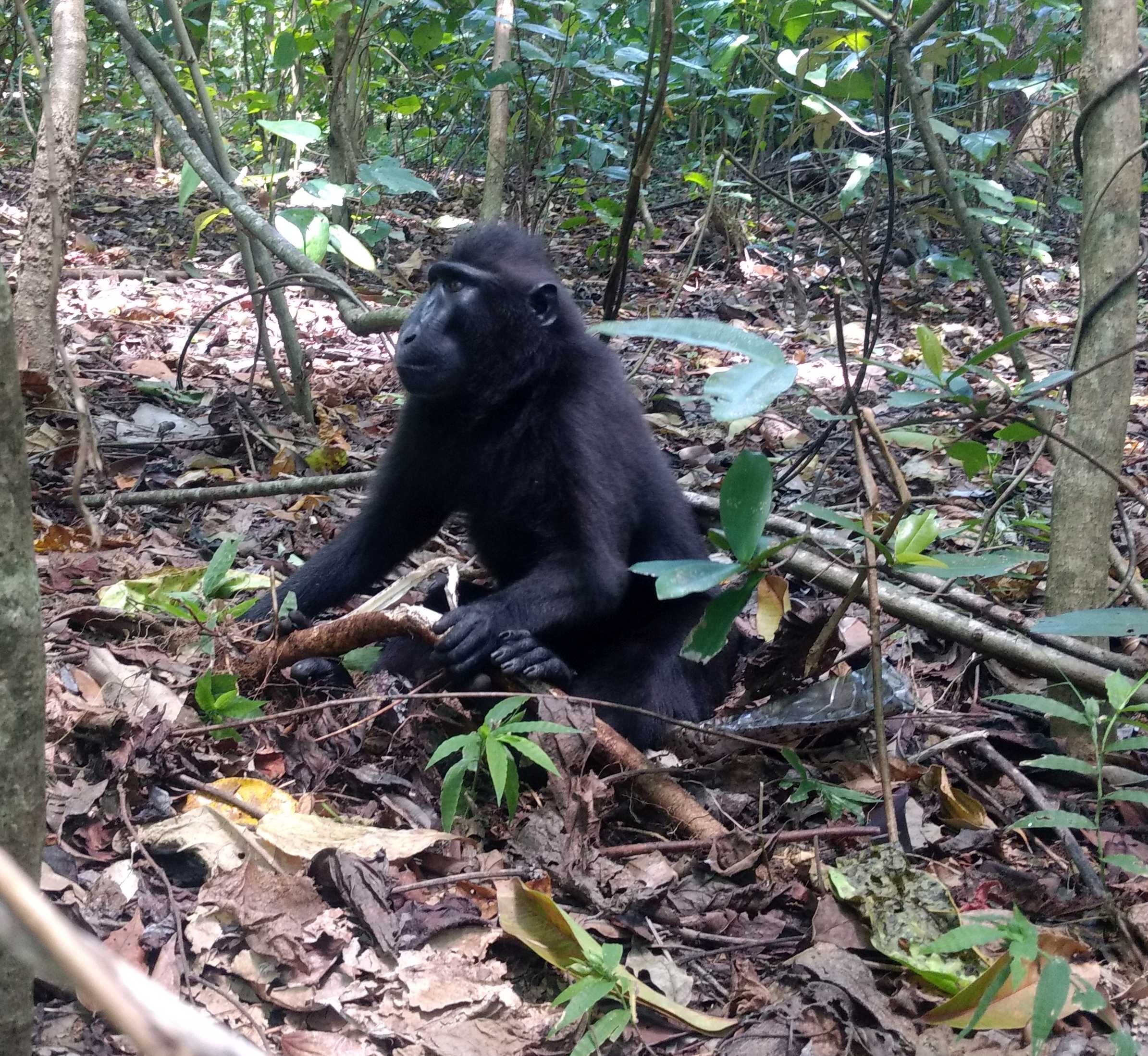|
Waruga
''Waruga'' are a type of sarcophagus or above ground tomb traditionally used by the Minahasans of North Sulawesi, Indonesia. They are made of stone and consist of a ridged upper part and a box-shaped lower section. Dead Minahasans were originally wrapped in ''woka'', a type of leaf. ''Woka'' is the leaf of the fan palm, ''Livistona''. Then they were put in wooden coffins. In the 9th century the Minahasa started using ''waruga''. Bodies are put in a position facing north. They are seated with the heel and toe attached to the buttocks, and the head "kissing" the knees. The Minhasa believe their ancestors came from the north. In 1828 the Dutch banned the use of warugaIndonesia by Stephen Backshall page 962 and the Minahasa started making coffins. Disease outbreak, including typhoid and cholera, was feared. Th ... [...More Info...] [...Related Items...] OR: [Wikipedia] [Google] [Baidu] |
Sawangan, North Sulawesi
Sawangan in a village in North Minahasa Regency, North Sulawesi, Indonesia. It is known for the waruga archaeological park sarcophagi found in the area. Sawangan is located in Airmadidi, North Minahasa Regency province of North Sulawesi. Indonesia Travel There are also plantations and rice fields. It borders the villages of Airmadidi Down
Airmadidi is the capital of the North Minahasa Regency, North Sulawesi, Indonesia. Airmadidi is home to Klabat University, Universitas Klabat (Klabat University). There is also a well-known Airmadidi market.
The word Airmadidi means boiling wat ... and [...More Info...] [...Related Items...] OR: [Wikipedia] [Google] [Baidu] |
Airmadidi
Airmadidi is the capital of the North Minahasa Regency, North Sulawesi, Indonesia. Airmadidi is home to Klabat University, Universitas Klabat (Klabat University). There is also a well-known Airmadidi market. The word Airmadidi means boiling water and the area is home to mineral springs.Indonesia by Justine Vaisutis page 745 There are also waruga sarcophagi in the area. Demographics The Airmadidi subdistrict had an estimated population of 31,446 in mid-2022.Badan Pusat Statistik, Jakarta, 2023, ''Kabupaten Minahasa Utara Dalam Angka 2023'' (Katalog-BPS 1102001.7106)People The Minahasan people, Minahasan politician Antoinette Waroh was born here in 1901.Administrative Division This district is divide ...[...More Info...] [...Related Items...] OR: [Wikipedia] [Google] [Baidu] |
Podom
''Podom'' are sculpted sarcophagi traditional to the Toba Batak of Sumatra Sumatra () is one of the Sunda Islands of western Indonesia. It is the largest island that is fully within Indonesian territory, as well as the list of islands by area, sixth-largest island in the world at 482,286.55 km2 (182,812 mi. .... They have the forms of longhouse roofs or boats. They are made of stone which is also used for rice mortars (losung batu) and funeral urns (parholian), and statuary Wolfgang Marschall, Dallas Museum of Fine Arts 1982 p. 49 See also * '' Waruga'', sarcophagi in northern SumatraReferences {{Clear[...More Info...] [...Related Items...] OR: [Wikipedia] [Google] [Baidu] |
Veneration Of The Dead
The veneration of the dead, including one's ancestors, is based on love and respect for the deceased. In some cultures, it is related to beliefs that the dead have a afterlife, continued existence, and may possess the ability to influence the fortune of the living. Some groups Veneration, venerate their direct, familial ancestors. Certain religious groups, in particular the Eastern Orthodox Churches, Anglican Church, and Catholic Church venerate saints as Intercession, intercessors with God; the latter also believes in prayer for Soul, departed souls in Purgatory. Other religious groups, however, consider veneration of the dead to be idolatry and a sin. In Culture of Europe, European, Culture of Asia, Asian, Oceanian, Culture of Africa, African and Afro-American religion, Afro-diasporic cultures (which includes but should be distinguished from multiple cultures and Indigenous populations in the Americas who were never influenced by the African Diaspora), the goal of ancestor vene ... [...More Info...] [...Related Items...] OR: [Wikipedia] [Google] [Baidu] |
Sarcophagus
A sarcophagus (: sarcophagi or sarcophaguses) is a coffin, most commonly carved in stone, and usually displayed above ground, though it may also be buried. The word ''sarcophagus'' comes from the Greek language, Greek wikt:σάρξ, σάρξ ' meaning "flesh", and wikt:φαγεῖν, φαγεῖν ' meaning "to eat"; hence ''sarcophagus'' means "flesh-eating", from the phrase ''lithos sarkophagos'' (wikt:λίθος, λίθος wikt:σαρκοφάγος, σαρκοφάγος), "flesh-eating stone". The word also came to refer to a particular kind of limestone that was thought to rapidly facilitate the corpse decomposition, decomposition of the flesh of corpses contained within it due to the chemical properties of the limestone itself. History of the sarcophagus Sarcophagi were most often designed to remain above ground. The earliest stone sarcophagi were used by Pharaoh, Egyptian pharaohs of the 3rd dynasty, which reigned from about 2686 to 2613 BC. The Hagia Triada sarcoph ... [...More Info...] [...Related Items...] OR: [Wikipedia] [Google] [Baidu] |
Tomb
A tomb ( ''tumbos'') or sepulchre () is a repository for the remains of the dead. It is generally any structurally enclosed interment space or burial chamber, of varying sizes. Placing a corpse into a tomb can be called '' immurement'', although this word mainly means entombing people alive, and is a method of final disposition, as an alternative to cremation or burial. Overview The word is used in a broad sense to encompass a number of such types of places of interment or, occasionally, burial, including: * Architectural shrines – in Christianity, an architectural shrine above a saint's first place of burial, as opposed to a similar shrine on which stands a reliquary or feretory into which the saint's remains have been transferred * Burial vault – a stone or brick-lined underground space for multiple burials, originally vaulted, often privately owned for specific family groups; usually beneath a religious building such as a * Church * Cemetery * Churchyard ... [...More Info...] [...Related Items...] OR: [Wikipedia] [Google] [Baidu] |
Minahasa
The Minahasans or Minahassa are an Austronesian people, Austronesian ethnic group native to North Sulawesi province of Indonesia, formerly known as North Celebes. The Minahasa people sometimes refer to themselves as Manado people. Although the Minahasan pre-Christian creation myth entails some form of ethnic unification, before the nineteenth century the Minahasa region was in no way unified. Instead, a number of politically independent groups (walak) existed together, often in a permanent state of conflict.Schouten, M. J. C. 1983. Leadership and social mobility in a Southeast Asian society: Minahasa, 1677 – 1983. Leiden: KITLV Press Minahasans are the most populous ethnic group in the Minahasan peninsula of North Sulawesi, a Christians, Christian-majority region in a Muslim-majority country (Indonesia). The indigenous inhabitants of Minahasa are 'Austronesian' people who are the descendants of earlier migrations from further North. Prior to contact with Europeans, people livin ... [...More Info...] [...Related Items...] OR: [Wikipedia] [Google] [Baidu] |
North Sulawesi
North Sulawesi () is a Provinces of Indonesia, province of Indonesia. It is mainly located on the Minahasa Peninsula of the island of Sulawesi, south of the Philippines and southeast of Sabah, Malaysia, but also includes various small archipelagoes situated between the Minahasa Peninsula and southern Philippines. It borders the Philippines province of Davao Occidental and Soccsksargen, Soccsksargen regions to the north, the Maluku Sea to the east, Gorontalo (its sole land border) and the Celebes Sea to the west and the Gulf of Tomini to the southwest. The province's furthest extent, the outlying and isolated island of Miangas to its north, is the northernmost island of Indonesia that has the country's sole and only border with the Philippines. The province's area is , and its population was 2,270,596 according to the 2010 census;Biro Pusat Statistik, Jakarta, 2011. this rose to 2,621,923 at the 2020 Census,Badan Pusat Statistik, Jakarta, 2021. while the official estimate as at ... [...More Info...] [...Related Items...] OR: [Wikipedia] [Google] [Baidu] |
Indonesia
Indonesia, officially the Republic of Indonesia, is a country in Southeast Asia and Oceania, between the Indian Ocean, Indian and Pacific Ocean, Pacific oceans. Comprising over List of islands of Indonesia, 17,000 islands, including Sumatra, Java, Sulawesi, and parts of Borneo and New Guinea, Indonesia is the world's largest archipelagic state and the List of countries and dependencies by area, 14th-largest country by area, at . With over 280 million people, Indonesia is the world's List of countries and dependencies by population, fourth-most-populous country and the most populous Islam by country, Muslim-majority country. Java, the world's List of islands by population, most populous island, is home to more than half of the country's population. Indonesia operates as a Presidential system, presidential republic with an elected People's Consultative Assembly, legislature and consists of Provinces of Indonesia, 38 provinces, nine of which have Autonomous administrative divisi ... [...More Info...] [...Related Items...] OR: [Wikipedia] [Google] [Baidu] |
Burial Monuments And Structures
Burial, also known as interment or inhumation, is a method of final disposition whereby a dead body is placed into the ground, sometimes with objects. This is usually accomplished by excavating a pit or trench, placing the deceased and objects in it, and covering it over. A funeral is a ceremony that accompanies the final disposition. Evidence suggests that some archaic and early modern humans buried their dead. Burial is often seen as indicating respect for the dead. It has been used to prevent the odor of decay, to give family members closure and prevent them from witnessing the decomposition of their loved ones, and in many cultures it has been seen as a necessary step for the deceased to enter the afterlife or to give back to the cycle of life. Methods of burial may be heavily ritualized and can include natural burial (sometimes called "green burial"); embalming or mummification; and the use of containers for the dead, such as shrouds, coffins, grave liners, and ... [...More Info...] [...Related Items...] OR: [Wikipedia] [Google] [Baidu] |







